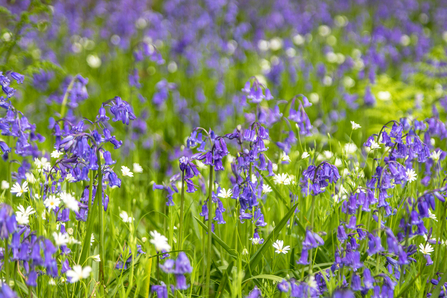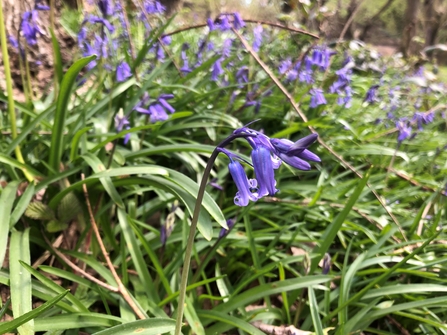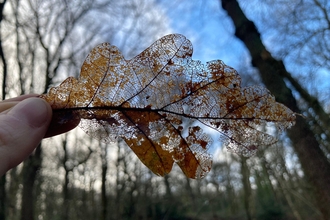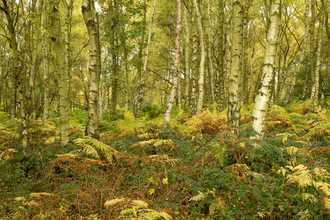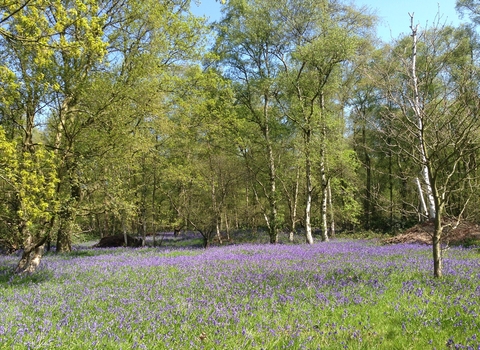Carpets of woodland flowers in Yorkshire such as native bluebells and primroses show a site has been wooded for a long time and could even be classed as ancient woodland – meaning woodland has existed there since before 1600.
A greater variety of woodland flowers shows the woodland has a valuable range of trees of different ages, and has been well-managed to create enough space for trees to flourish with glades to let light down to the forest floor – with the added benefit of providing fragile habitat for wildlife like insects, bees and butterflies. Birds often nest in the nooks at the base of tree trunks and their young take their first tentative hops across the forest floor.
So as we emerge into longer days, a spring woodland walk is one of the best ways to enjoy a wilder Yorkshire. Yorkshire Wildlife Trust’s wonderful woodland reserves are waiting to be explored – see what there is to enjoy near you.

